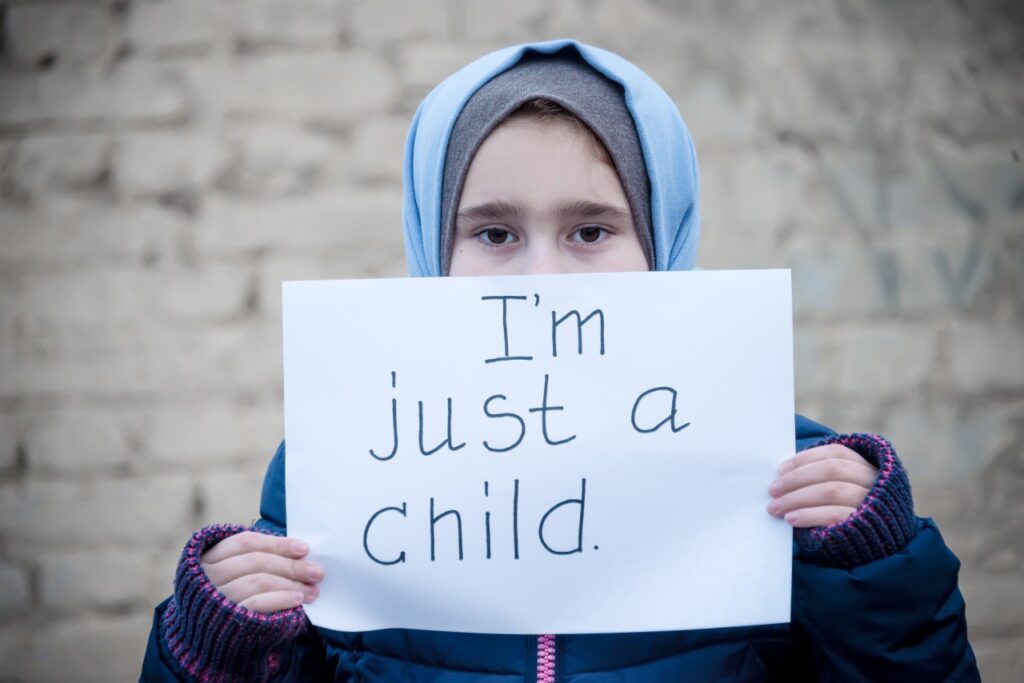The Devastating Aftermath of Wars: A Closer Look
War is a tragedy that leaves a trail of destruction, and its consequences extend far beyond the battlefield. While the human cost of lives lost and physical injuries is apparent, the aftermath of war brings about a plethora of issues that continue to plague societies for generations. This article delves into the multifaceted problems that wars leave in their wake, using the examples of Ukraine, Syria, and Sudan to illustrate the widespread and lasting impact.
1. Poverty: War invariably leads to economic devastation. Infrastructures are destroyed, businesses shuttered, and livelihoods disrupted. Families lose their sources of income, and entire communities are pushed into poverty. The cycle of poverty is perpetuated as children miss out on education, leading to limited job prospects in the future.
2. Diseases: In war-torn regions, access to healthcare is often compromised. The breakdown of medical facilities, the displacement of healthcare workers, and unsanitary living conditions create breeding grounds for diseases. Outbreaks of preventable diseases become commonplace, with vulnerable populations, especially children and the elderly, suffering the most.
3. Illiteracy and Ignorance: Education is a casualty of war, as schools are damaged, closed, or used for military purposes. This disruption in learning perpetuates illiteracy, ignorance, and a lack of critical thinking skills, which can hinder post-war recovery efforts.
4. Insecurity: The sense of security that civilians once enjoyed is shattered during wartime. Fear of violence, bombings, and indiscriminate attacks haunt their daily lives. The psychological trauma of living in constant fear leaves lasting scars.
5. Displacement: Millions of people are forced to flee their homes to escape the horrors of war. They become refugees or internally displaced persons (IDPs), often living in overcrowded camps with limited access to basic necessities. This loss of home and community has profound effects on mental health and well-being.
6. Crime Surge: In the chaos of war, law and order break down. Crime rates surge, with thefts, murders, and sexual violence becoming rampant. The breakdown of societal norms and the absence of policing mechanisms contribute to this alarming increase in crime.
7. Drug Epidemics: Wars often lead to an increase in the production and trafficking of drugs and harmful substances. Desperate individuals may turn to drugs as a coping mechanism, leading to addiction problems that can plague societies for generations.
Case Studies:
- Ukraine: The ongoing conflict in Eastern Ukraine has resulted in economic hardship, widespread displacement, and increased poverty. The loss of access to healthcare has led to the resurgence of diseases like tuberculosis. Education has been disrupted, and crime rates have risen in some areas.
- Syria: The Syrian conflict has driven millions of Syrians from their homes, both internally and as refugees abroad. Access to basic healthcare is limited in many areas, resulting in a healthcare crisis. The war has disrupted education, leaving an entire generation at risk of illiteracy.
- Sudan: Decades of conflict in Sudan have contributed to a cycle of violence, displacement, and poverty. War has hindered access to education, and the country has faced numerous health crises. Crime rates remain high, and drug trafficking has flourished in some regions.
The consequences of war are far-reaching and multifaceted, affecting every aspect of a society’s well-being. The examples of Ukraine, Syria, and Sudan illustrate the dire and lasting impact of armed conflicts. It is crucial for the international community to recognize the importance of not only ending wars but also addressing the long-term consequences and providing support for affected populations to rebuild their lives.



